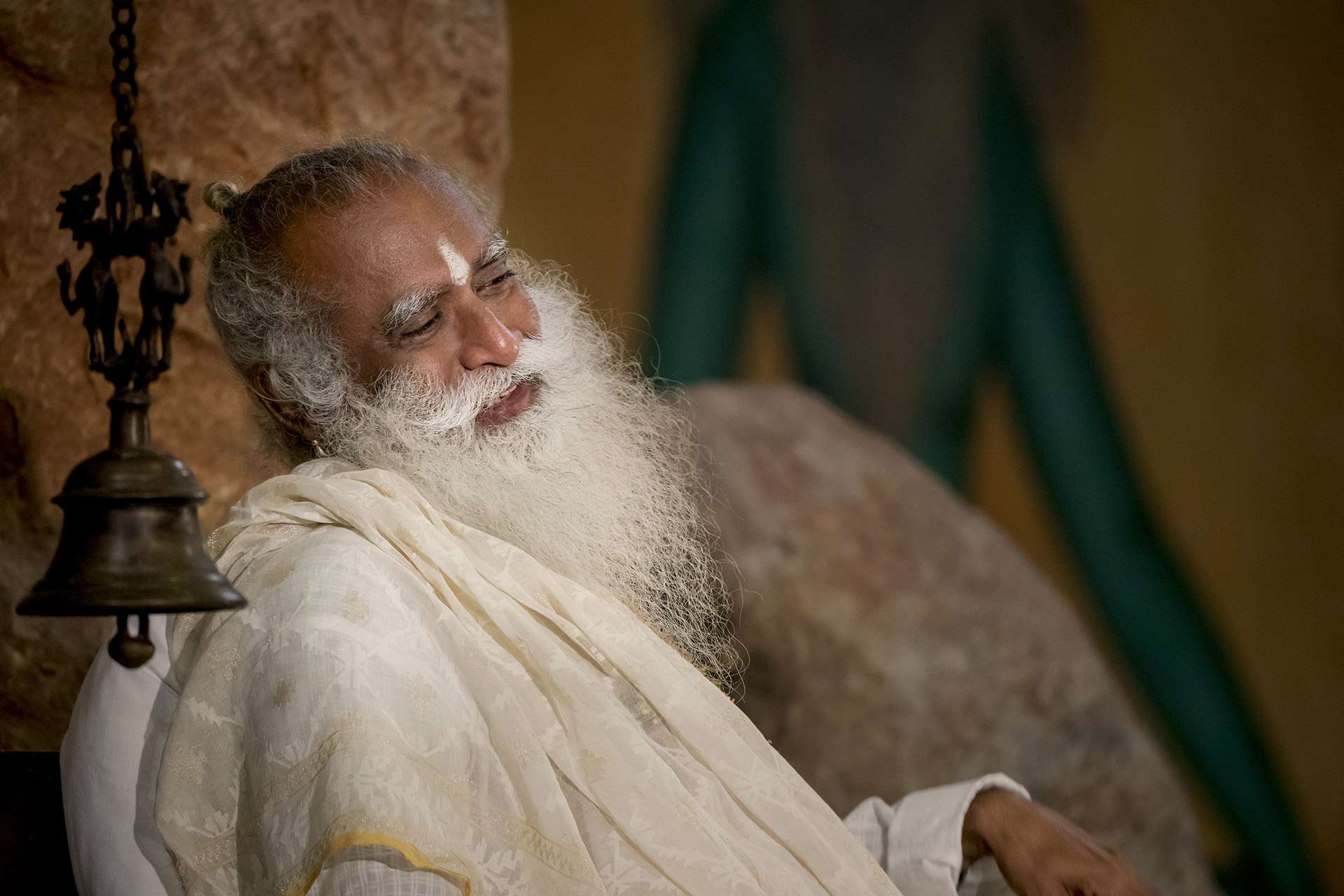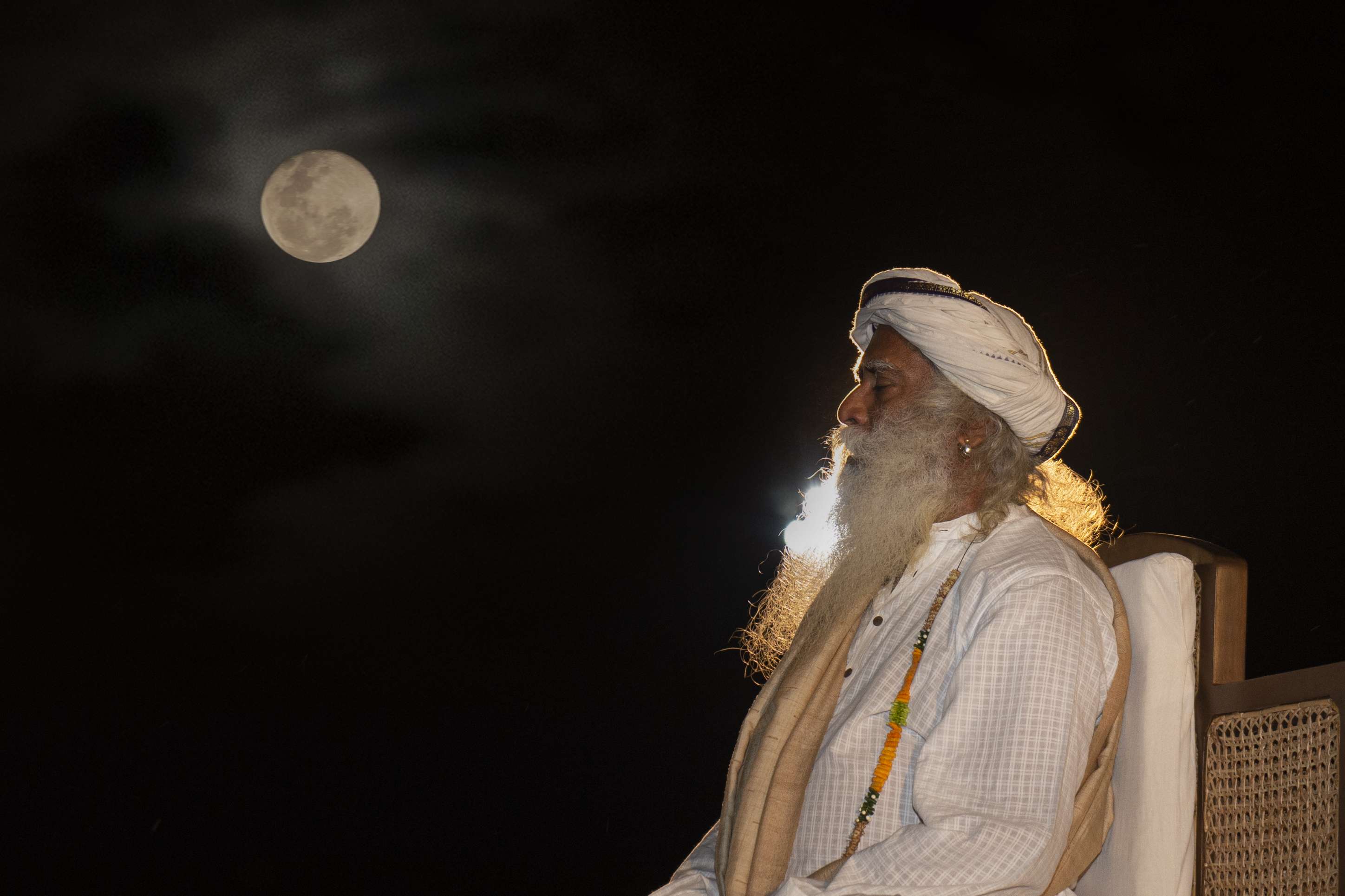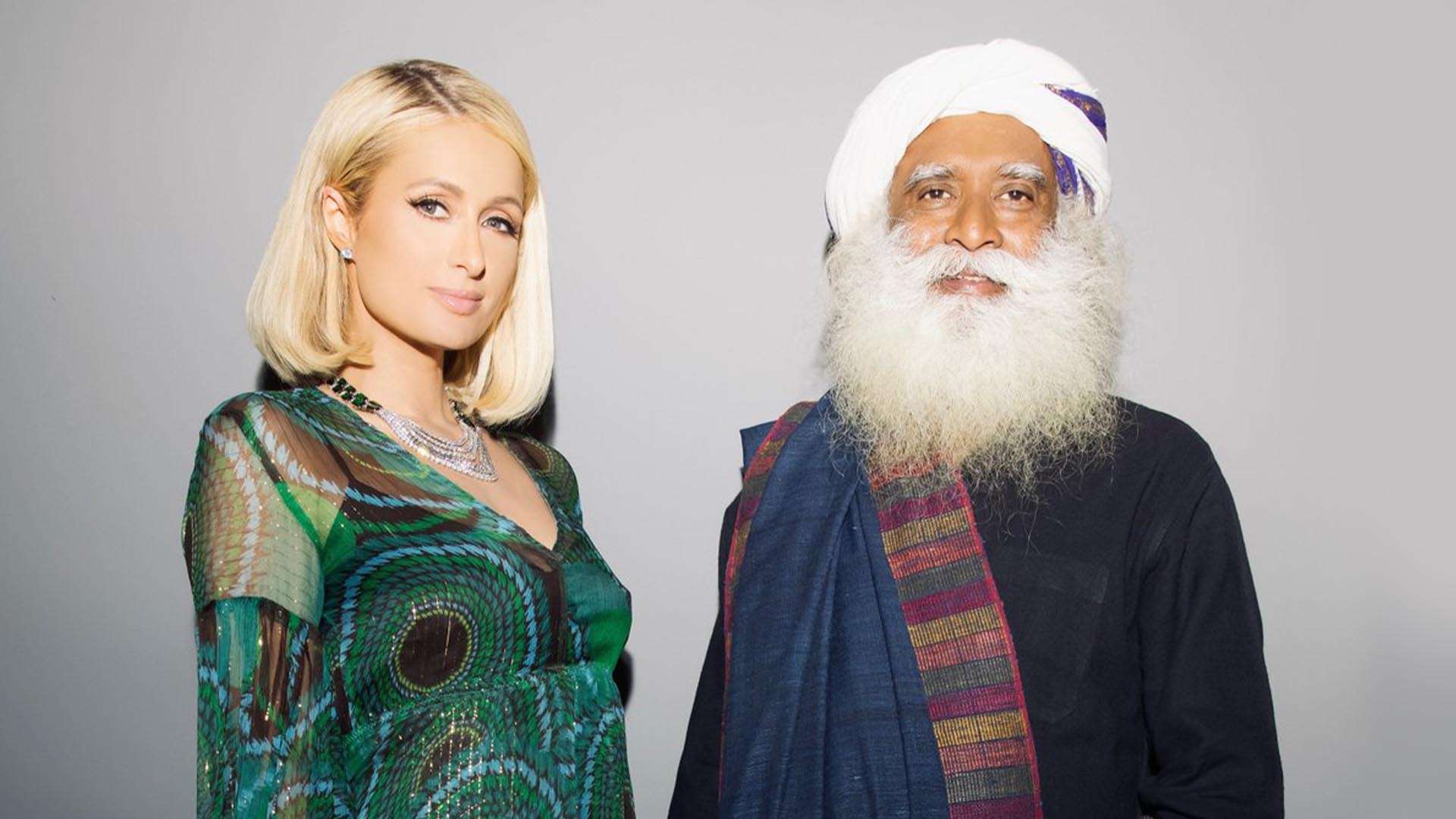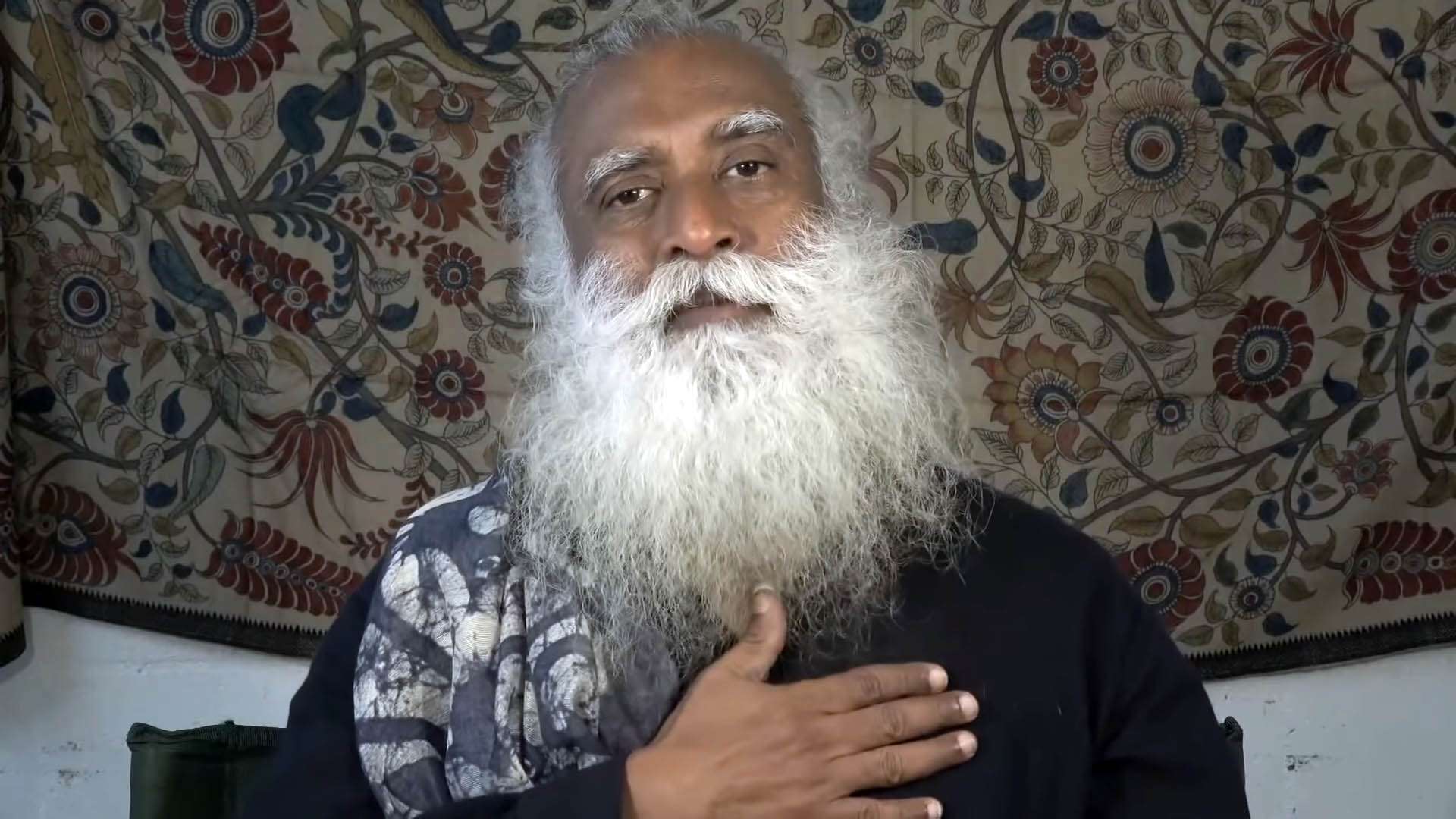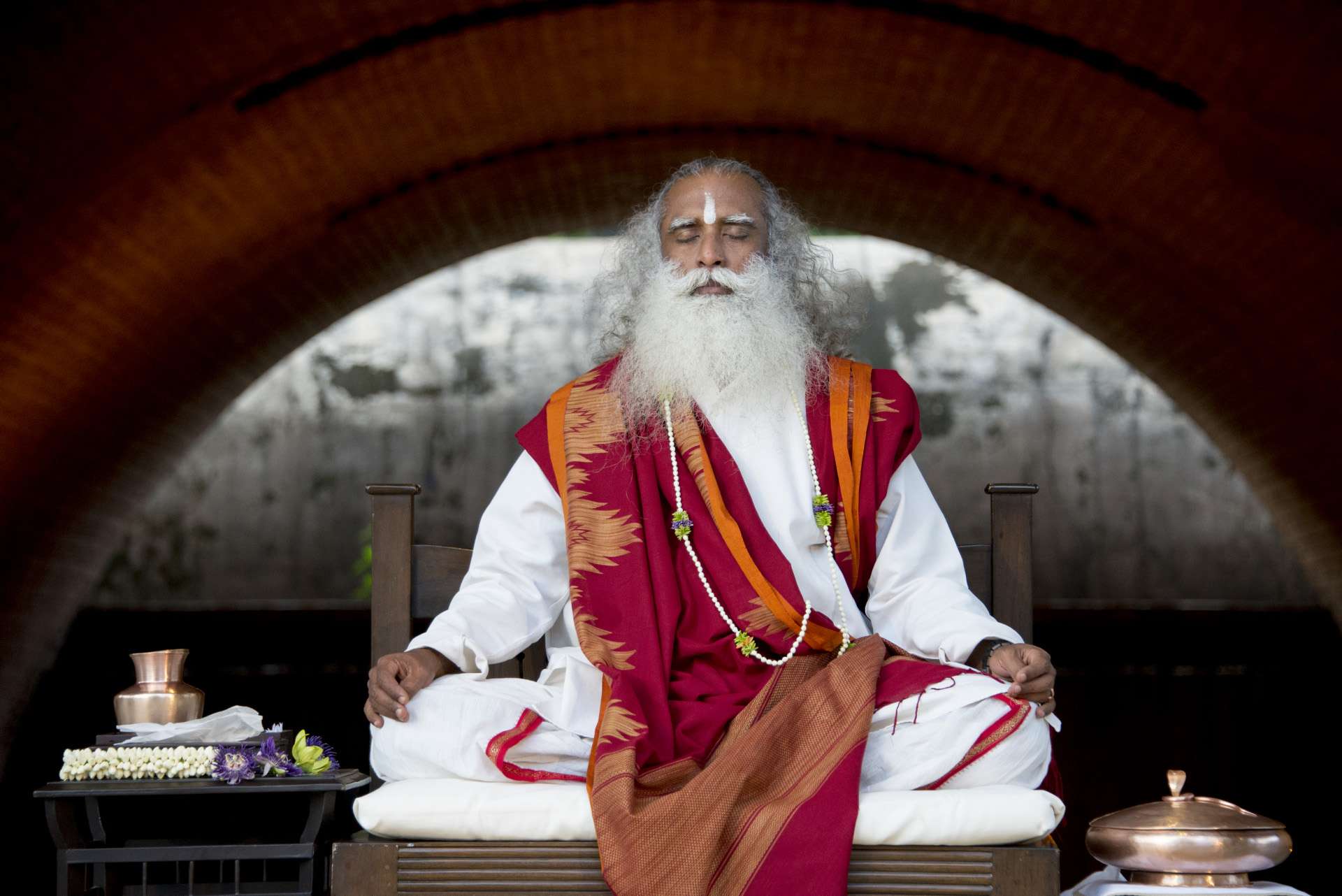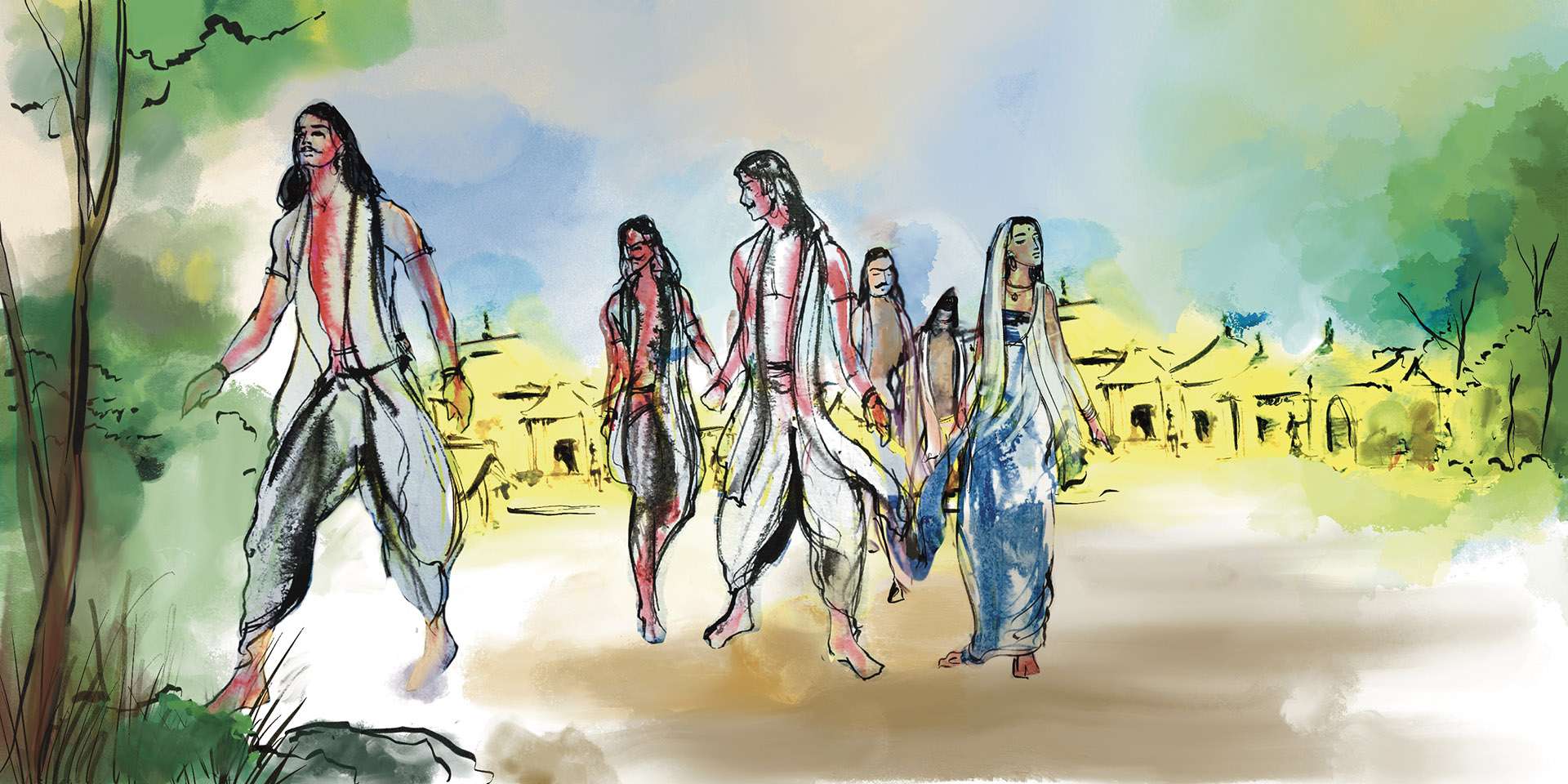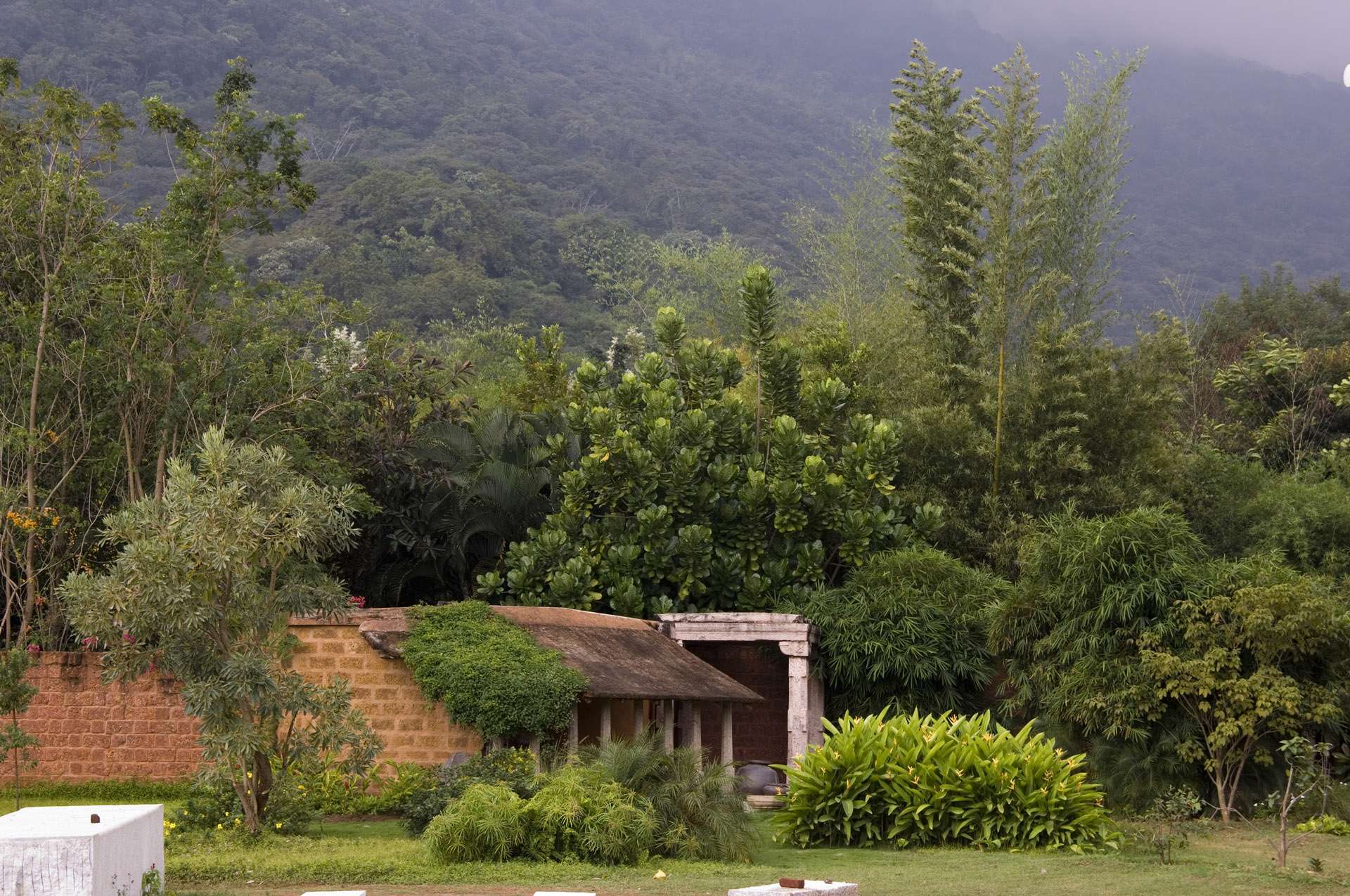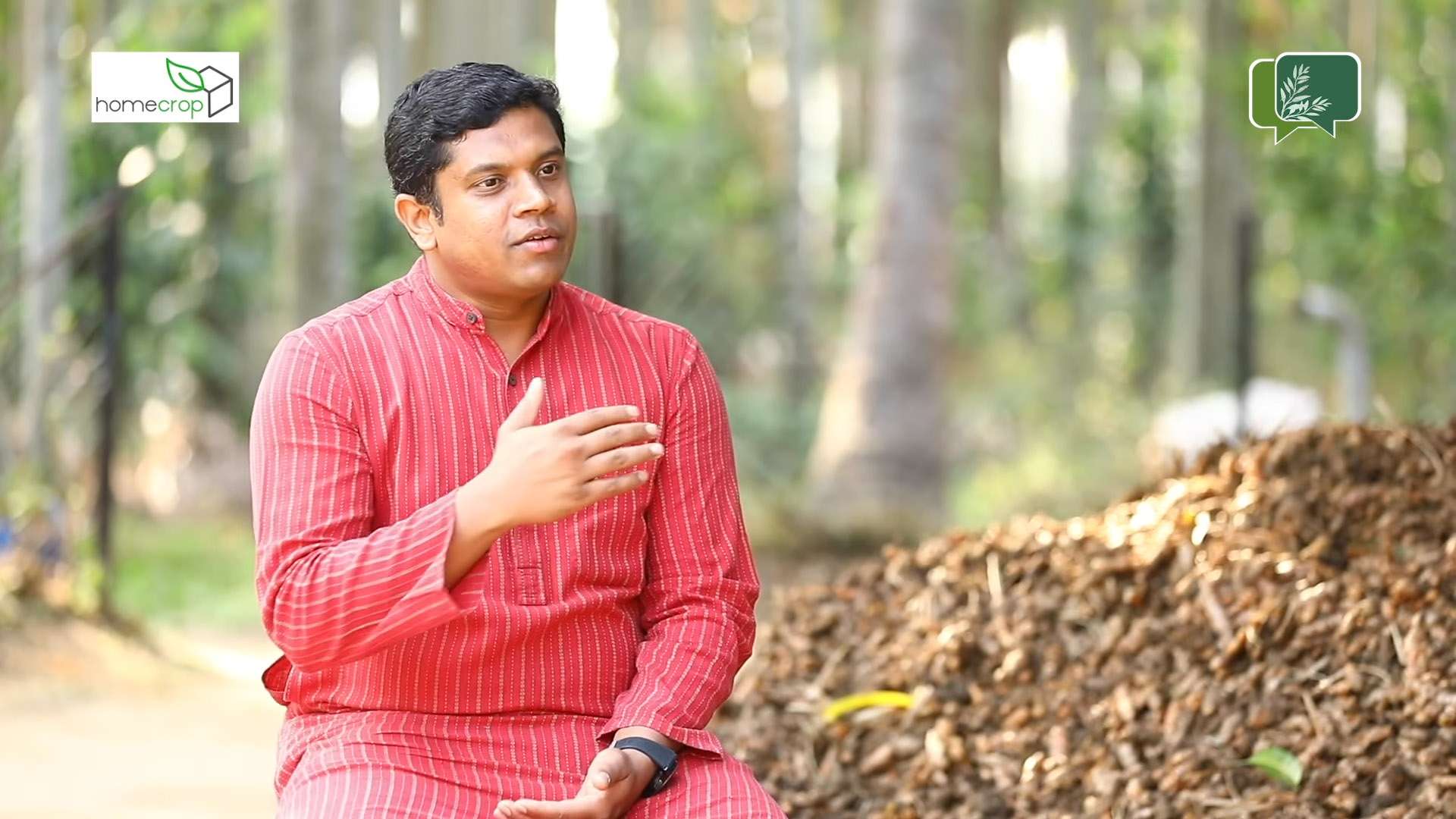
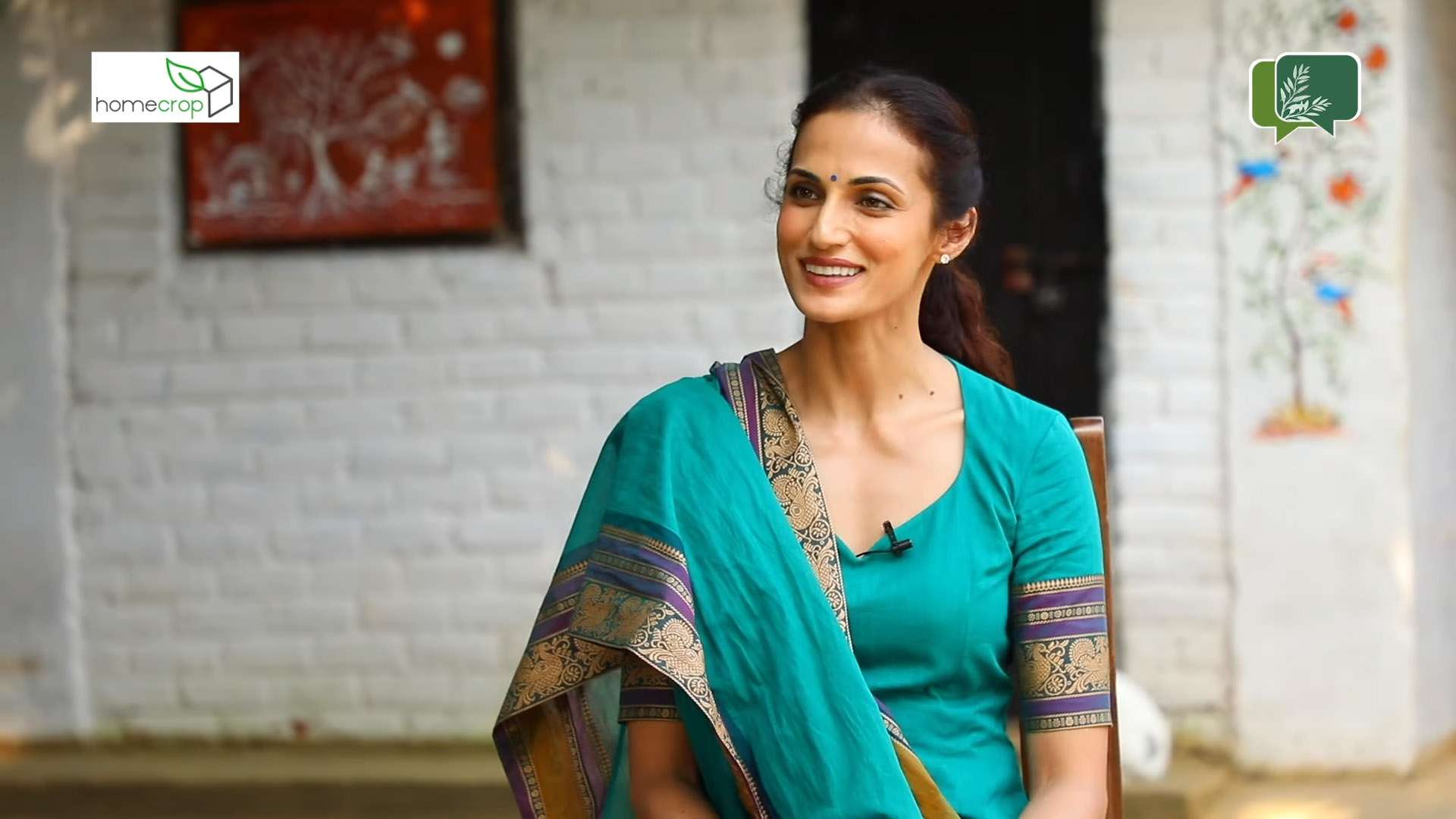
A Sustainable Culture
Shilpa Reddy: I have been coming to the Isha Yoga Center for many years, and everything is so sustainable and ecofriendly. How did this culture develop?
Anand: Sadhguru’s vision is for us to live in such a way that we consume only what is absolutely needed, not just in terms of material, but also in terms of what we watch and what we speak. He always says that if you can reduce what you speak, you will be more efficient. Similarly, whatever we use in the Yoga Center – whether it is clothing, food, or other resources – we are not kept uncomfortable but at the same time, we use only what is absolutely needed.
It is not an imposition or moral obligation but a constant awareness of how we use and do things, because whatever we do has a footprint on the planet. This is not a teaching. You do not find Sadhguru talking about sustainability in any of our Satsangs. It is an unspoken culture that has been developed at the Isha Yoga Center from the beginning. The ambiance is such that new people naturally move towards doing and using just what is needed.

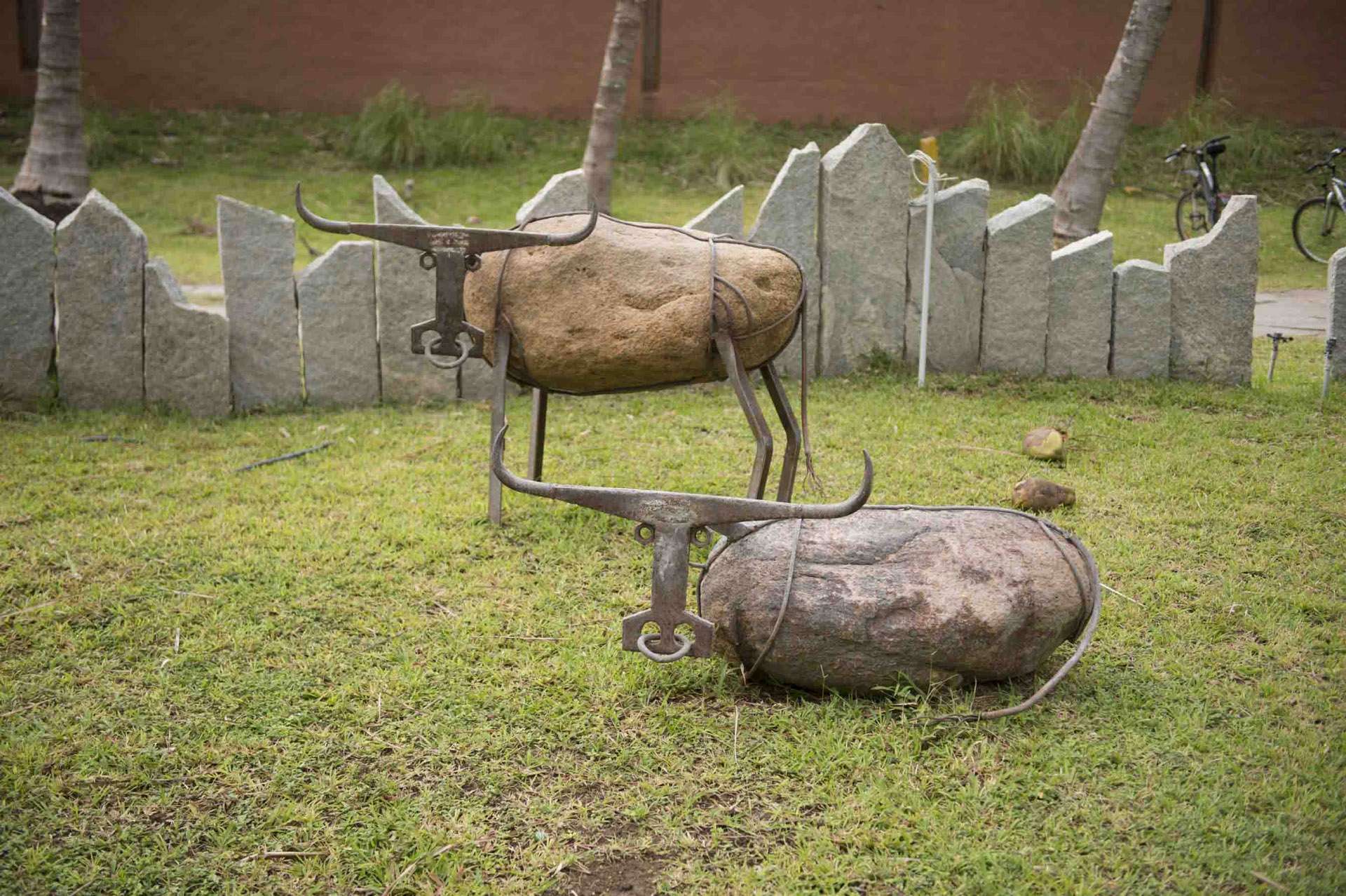
Toward a Zero-Waste Lifestyle
Shilpa Reddy: How do you segregate your waste?
Anand: We look at waste as recyclable waste and non-recyclable waste. For recyclable waste, the construction team looks into whether they can reuse materials, and there is also an aesthetics department that makes use of this material. You will notice that waste material is used in a lot of our furniture and decorations here. Whether it is a coir rope or plant waste, it is incorporated into the aesthetics of the place. It is not just about reducing waste – it is about seeing that every bit of material can be used in an aesthetic way.
Non-recyclable waste contains biodegradable waste which is majorly kitchen waste and waste from our bathrooms and toilets. Kitchen waste includes cooked and uncooked waste. We are continuously seeing how to minimize the cooked waste by closely monitoring how many people we need to serve food to every day. Other than food waste, there is biodegradable waste generated through bathroom and toilet water.
Bathroom water does not need an elaborate system of treatment because it does not have solid waste. It goes through greywater treatment, and the treated water is fit to use in our agricultural lands where we grow natural produce. For toilet waste, we have a very carefully selected eco-friendly sewage treatment plant technology. Bacteria and other mediums are used for breaking down toilet waste. The treated water is also used for our agricultural activities.
Shilpa Reddy: Wow, this is so inspiring! So, there is nothing really going waste.
Anand: Yes. For example, there are sevadhars (workers) who come to Isha Yoga Center for seasonal work. Our housekeeping department systematically collects old clothes, which we hand over only after washing and ironing them; these are then given to sevadhars who work here and do not have the means to buy new clothes.

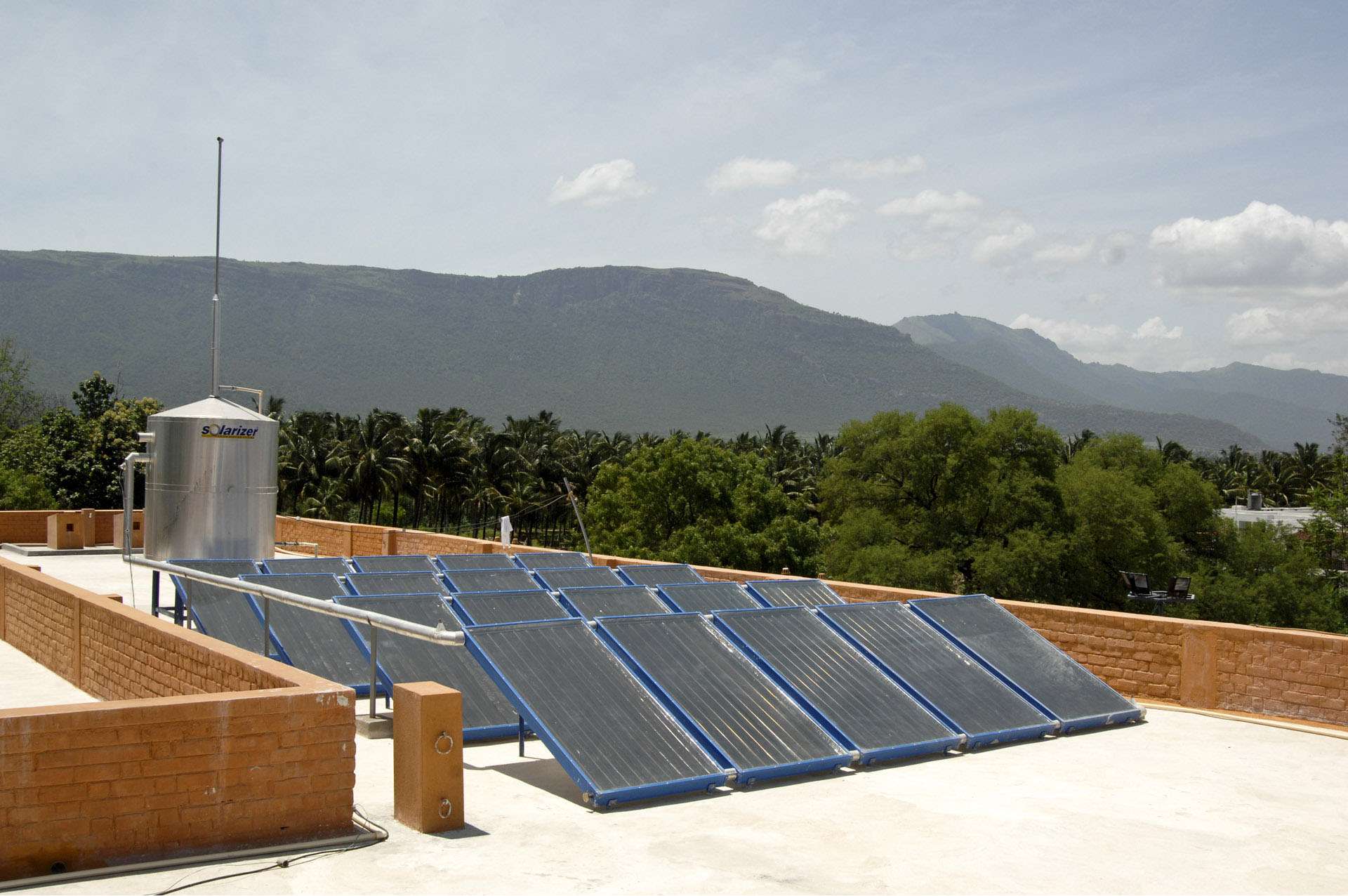
Natural and Renewable Energy
Shilpa Reddy: Do you use natural energy in the Yoga Center?
Anand: Initially, we were dependent on the electricity supplied by the Electricity Board. But today, around fifty to sixty percent of our energy consumption comes from renewable energy. We have installed solar panels on most of the rooftops. We are using solar energy for electricity substitution and water heating. Another aspect is that we do not encourage bright lighting in the Yoga Center, because Sadhguru has guided us to try to train our eyes to see in the dark.
There are a lot of places where we consciously do not have floodlighting or street lighting. It is not just about electricity or sustainability – it is about living consciously, which naturally reflects on reducing power consumption. At the same time, we do not compromise on people’s safety. We provide lighting wherever it is absolutely required.
Sadhguru also says that one can keep the human system in such a way that instead of using air-conditioning to moderate the work environment, you can moderate your body to withstand cold and heat. In every way, he goes back to the Yogic tradition where living consciously naturally brings about a sustainable way of living.


Finger millet (ragi)
Conscious Food Choices
Shilpa Reddy: And what about food and nutrients?
Anand: There are many kinds of minor millets that have traditionally been grown in this country. These are rich in calcium, magnesium, and other micronutrients that are very vital for our health. But for the last fifty to sixty years, there has been a misperception that millets are poor man’s food. People prefer to eat white rice, which does not have any nutrition. It is plain starch. If we can change this mindset and bring back what we as a culture were eating a few hundred years ago, it will prevent diabetes and provide ample nutrition.
Another aspect is that minor millets need only ten to twelve percent of the water that a paddy crop requires, which means that we need not exhaust our groundwater to grow paddy and wheat. Like Sadhguru says, if we shift at least thirty percent of our diet to millets, native grains and cereals, there will also be a shift in agriculture from paddy and wheat to millets. This will be good for the environment.


Watching What We Wear
Anand: Sadhguru says that we should consciously wear fabric that is made of natural, organic materials. Today, there is fabric made of bamboo, cotton, hemp, jute, and other natural fibers. There is a lot of scope to cut down on synthetic poly fibers. One third of the land should be used to grow natural fibers that can be made into fabrics. These fabrics can be marketed within the country, and there is also a huge export potential for India. Today, the majority of clothes are made of polyester and other synthetic mixes, which can be done away with for our own wellbeing, and that of the planet.

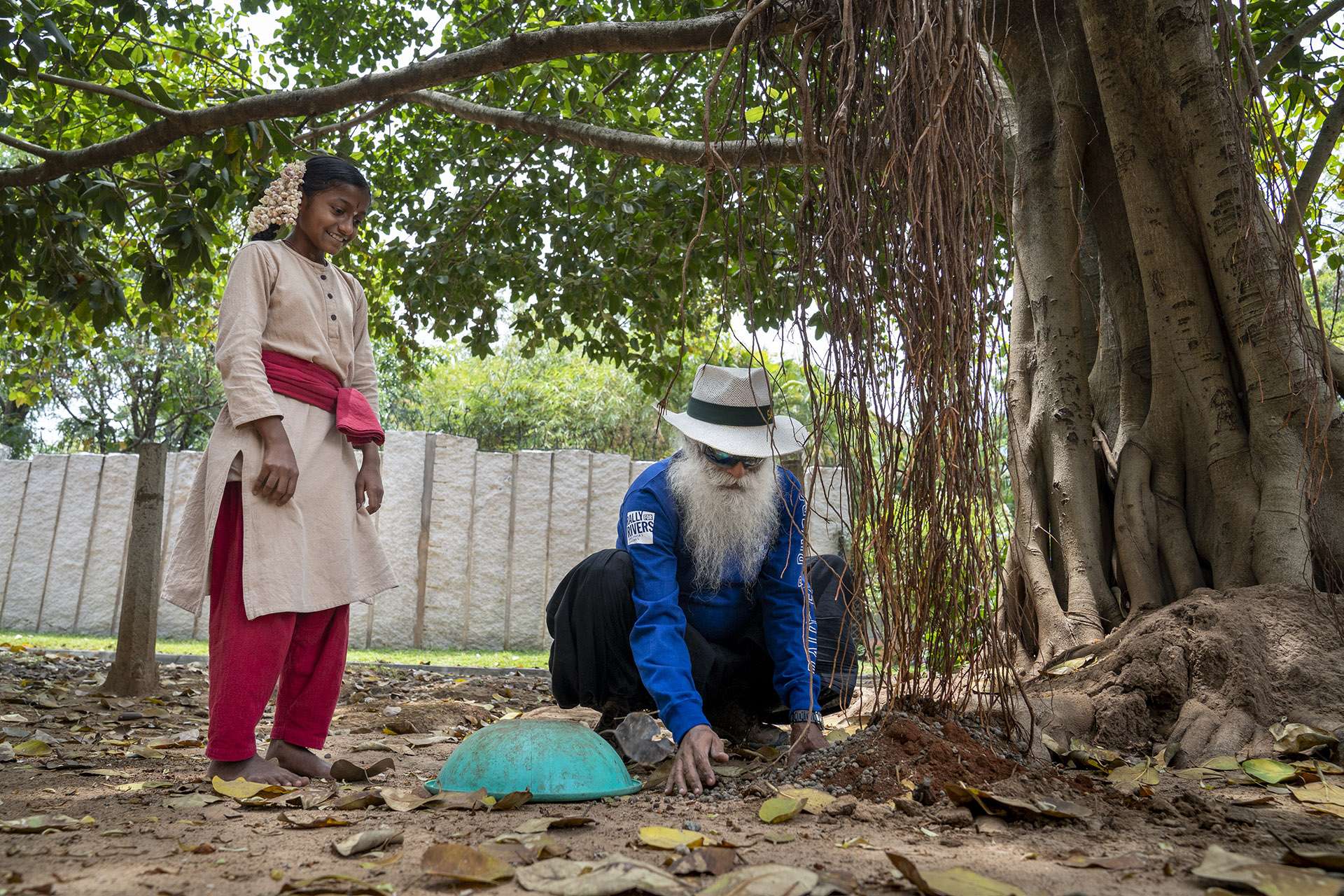
Crafting a Conscious Planet
Anand: If we bring in thirty to thirty-five percent fruits into your diet, another thirty to thirty-five percent millets, native cereals, and traditional grains, and if we also shift to organic fabrics, we can achieve sustainability for human wellbeing as well as for the planet. This is the vision that Sadhguru is talking about, of crafting a conscious planet. It is about marrying ecology with economy and trying to see how we can bring in all these elements in a very inclusive manner, rather than imposing them as a regulation or moral obligation. Changing our lifestyle is the way forward. That is the way that Sadhguru asks us to choose, because we have the freedom to choose.








